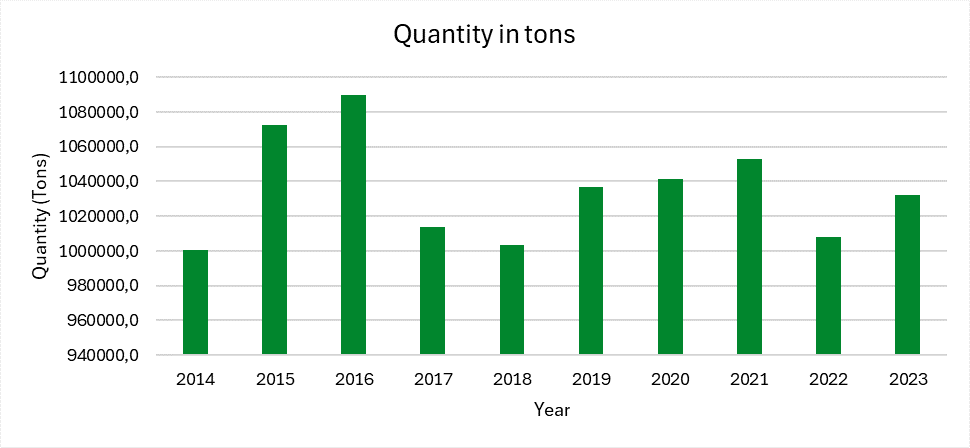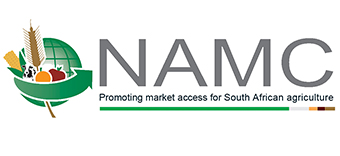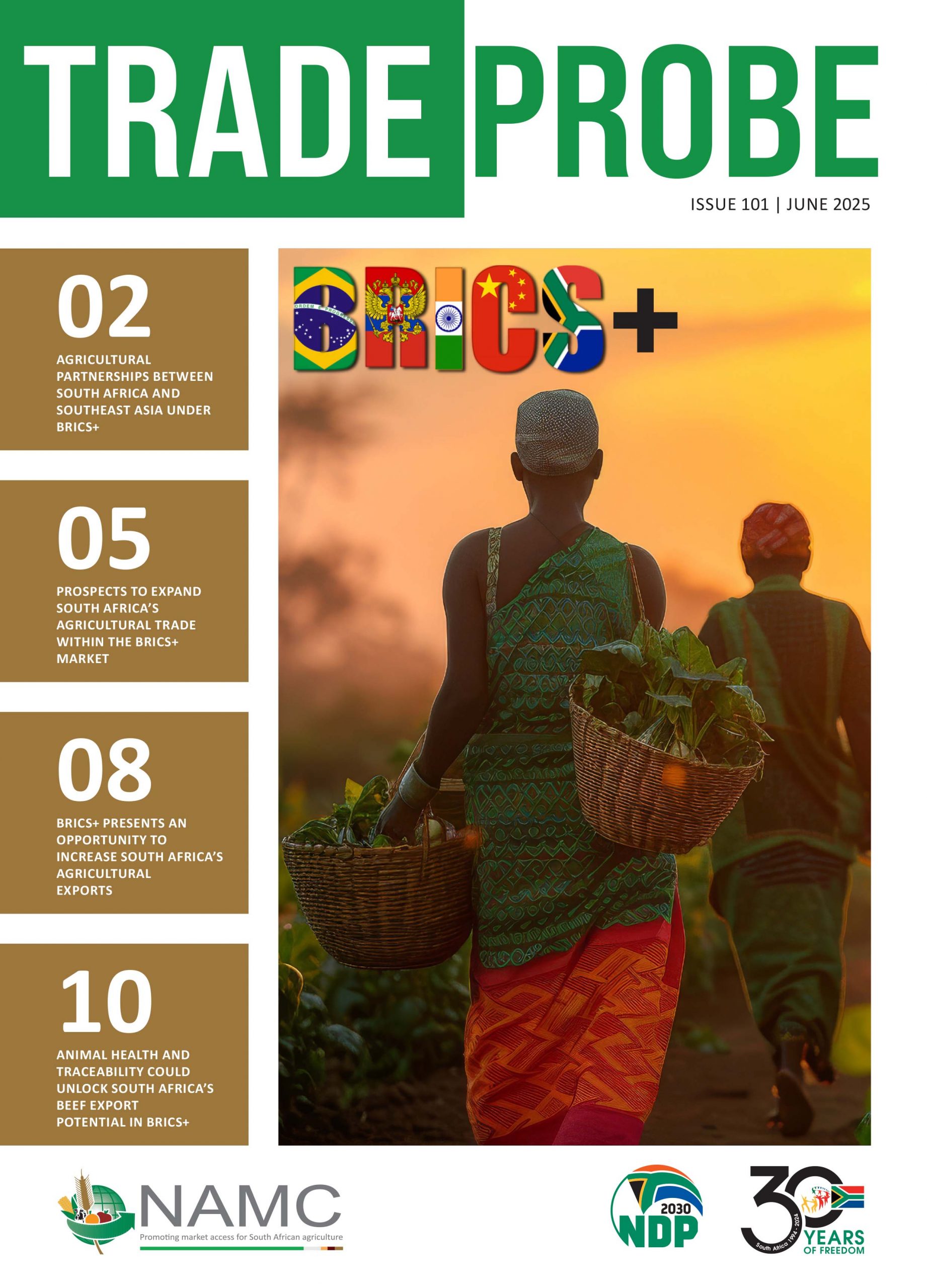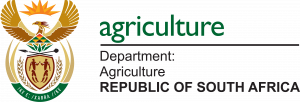POLICY GAPS AND OPPORTUNITIES FOR AGRICULTURAL TRADE NEGOTIATIONS WITHIN BRICS PLUS: FOCUS ON SOUTH AFRICAN BEEF TRADE PERFORMANCE
By: Lucas Moswane
Introduction
The production of beef in South Africa has been fluctuating for the past 10 years. The peak of the production was experienced in the year 2016 where 1 089 686 tons of beef was produced (RMIS, 2024). This was followed by a very steep decline in the country’s production the year 2017, the decline was partly attributed to the following: (i) persistent high prices of feed which resulted in lower stocking density of the feed lots (ii) the outbreaks of the foot and mouth disease in some parts of the country; (iii) the limited availability of the vaccine capacity; and (iii) the season of dry weather experienced in the 2018/2019 period that has also exacerbated the situation, were some of the herds had to be closed down leading to even more lesser number of cattle available (RMIS, 2024). However, in the year 2019 the production has continuously experienced a slight growth, but this growth has not exceeded the peak of the year 2016. This growth was partly influenced by the imports of live cattle from Namibia and Botswana as well as the rebuilding of the feedlots. The South African beef production trend for the past decade is presented in figure 1.
South Africa can harness the joint declaration signed by the ministers of agriculture from the BRICS member countries under the BRICS Agriculture Working Group (BAWG) to improve the beef production in the country. The declaration has stressed on the importance of BRICS countries playing a role in enhancing an inclusive and sustainable growth of agricultural productivity on a global scale by matching the needs of the small-scale farmers with the industrial capacities. The working group encourages the members to pursue research collaborations and joint ventures within the group and voluntarily exchange technology and innovations in a bid to improve the agricultural productivity (BRICS, 2025).

Figure 1: Production of fresh or chilled beef in South Africa for the past decade.
Source: (FAOSTATS, 2025)
The South African beef trade performance has not been doing well in the past years, and this was partly due to lapses in biosecurity aspects such as foot and mouth disease that has led to an imports ban of beef by countries like China which is one of the biggest consumers and importers of beef in the world. However, the imports ban of beef that was imposed by China has been lifted and the export value of the South African beef exports to the world has increased significantly by 53% between the year 2020 and 2024. Inadequate infrastructure and limited veterinary services make it difficult for some of the producers to meet sanitary regulations and standards imposed by some of the member states of BRICS and this turns out to compromise the competitiveness of the South African beef on the global stage. The expansion of BRICS will provide market access opportunities for the South African beef trade due to an increase demand especially with the potential inclusion of Saudi Arabia which has just lifted its 20-year ban on the beef imports from South Africa.
Conclusion
The sustainable livestock development that is advocated by the BRICS Agricultural Working Group in their 2025 joint declaration may provide opportunities for South Africa to improve market access to BRICS+ countries. The objective is to prioritise adoption of more advanced technologies, feed formulation as well as disease control and prevention with collaborative efforts focusing on the development of laboratories for vaccine production and storage as well as the veterinary services. This initiative will enable the beef producers to adequately meet the sanitary regulations and standards posed by the importing countries thus eradicating some of the non-tariff barriers in beef trade. The expansion of BRICS plus provides the beef industry to diversify its market however the higher tariffs and the complex sanitary regulations that are imposed by the state members also restrain the intra trade within the group.


